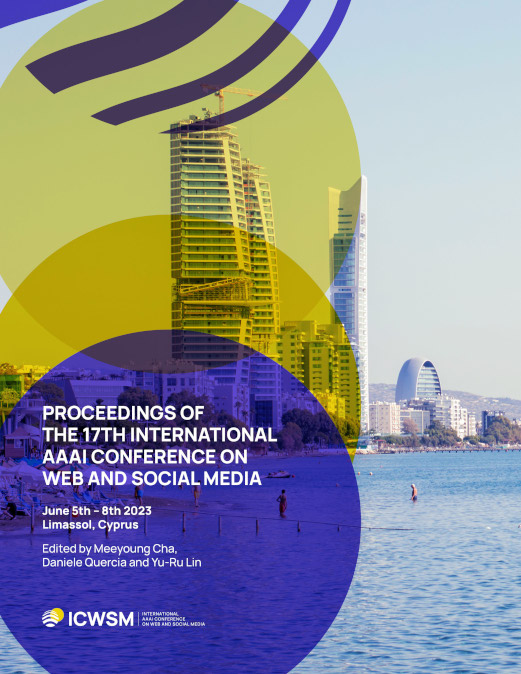Exposure to Marginally Abusive Content on Twitter
DOI:
https://doi.org/10.1609/icwsm.v17i1.22123Keywords:
Trust; reputation; recommendation systems, Web and Social Media, Qualitative and quantitative studies of social mediaAbstract
Social media platforms can help people find connection and entertainment, but they can also show potentially abusive content such as insults and targeted cursing. While platforms do remove some abusive content for rule violation, some is considered "margin content" that does not violate any rules and thus stays on the platform. This paper presents a focused analysis of exposure to such content on Twitter, asking (RQ1) how exposure to marginally abusive content varies across Twitter users, and (RQ2) how algorithmically-ranked timelines impact exposure to marginally abusive content. Based on one month of impression data from November 2021, descriptive analyses (RQ1) show significant variation in exposure, with more active users experiencing higher rates and higher volumes of marginal impressions. Experimental analyses (RQ2) show that users with algorithmically-ranked timelines experience slightly lower rates of marginal impressions. However, they tend to register more total impression activity and thus experience a higher cumulative volume of marginal impressions. The paper concludes by discussing implications of the observed concentration, the multifaceted impact of algorithmically-ranked timelines, and potential directions for future work.Downloads
Published
2023-06-02
How to Cite
Bandy, J., & Lazovich, T. (2023). Exposure to Marginally Abusive Content on Twitter. Proceedings of the International AAAI Conference on Web and Social Media, 17(1), 24-33. https://doi.org/10.1609/icwsm.v17i1.22123
Issue
Section
Full Papers

